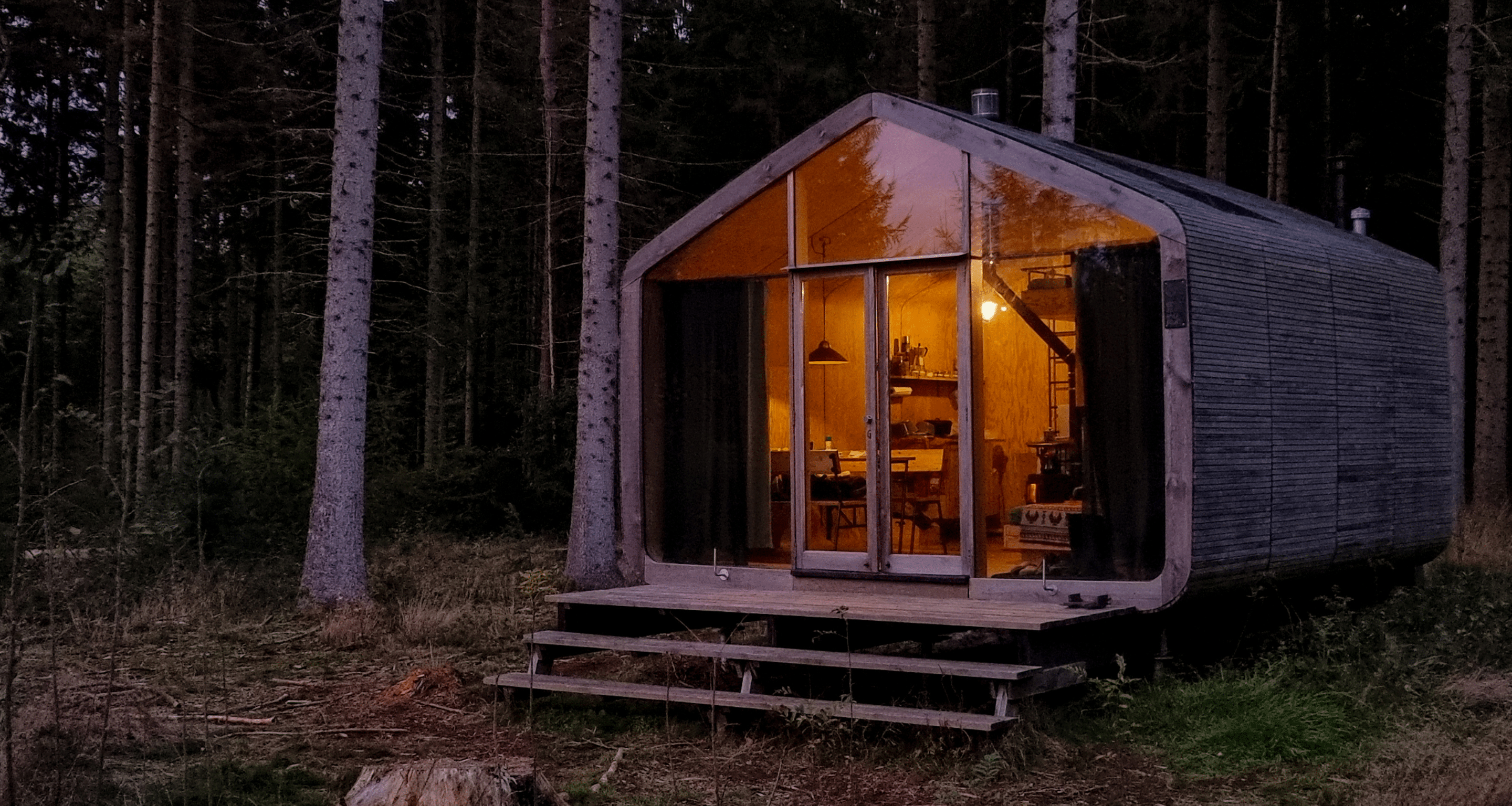Off-grid living means creating a design that operates independently of external utility services; where the home generates and manages its own power and water supply and handles its own waste. Off-grid homes enable homeowners to lower their living expenses while reducing their environmental impact. Common features include solar panels, rainwater collection, and composting toilets.
Forget images of off-grid living meaning a drafty shed in the middle of nowhere. While we often think of remote locations for off-grid living, it’s also completely possible in suburbia, and forward-thinking homeowners and builders prove that self-sufficiency can also exude luxury home-level comfort and style.
The appeal of off-grid life has grown in recent years, leading to the development of more thoughtful designs. Let’s explore how the latest trends and technologies are transforming off-grid sustainable homes into luxurious retreats that rival high-end urban dwellings.
Off-grid Independence Doesn’t Mean Roughing It
Considered architecture and interior design can create stunning, eco-friendly spaces that challenge preconceptions about off-grid living. A sustainable home can cater to any architectural and lifestyle preference, while maintaining eco-conscious principles:
- Mid-century or ultra-modern
- Rustic farmhouse
- Minimalist Japanese-inspired
- Mediterranean
- Futuristic eco-pods
- Industrial-look loft-style shed or sea containers
- Tropical bungalows
Passive Home Principles At The Forefront
Passive design harnesses the sun’s energy for heating, cooling, and lighting. It is worth prioritising passive principles in off-grid design to maximise energy efficiency and significantly reduce mechanical system dependency.
Passive home principles include:
- Specific building orientation to optimise sunlight
- Strategic placement of windows for heat gain and natural light
- Thermal mass materials to absorb and slowly release heat
- Proper insulation and ventilation for temperature regulation
- Phase Change Materials (PCMs) in walls or ceilings to absorb and release heat at a specific temperature
Sustainable Home Living: Emerging Trends and Innovations
Alongside passive principles, smart home integration is taking centre stage in off-grid life; where automated systems manage energy usage, climate control and security (powered sustainably of course!)
Other off-grid considerations include:
- Vertical gardens (living walls) indoors for natural air purification and aesthetic appeal
- Using recycled copper or zinc roofing for durability and a striking appearance
- High-end, odourless composting toilets that look just like traditional ones
- Rammed earth thermal-regulating walls using local soil. Also ideal for wine cellars!
- Source reclaimed timber from old buildings for character-rich flooring, benchtops or exposed beams.
- Commission local artisans to create bespoke lighting from recycled materials
- Using high-performance, sustainable hemp insulation for superior temperature regulation
- Smart skylights that adjust to optimise natural lighting and ventilation
- Retractable awnings with integrated solar cells for shade and energy generation.
Get inspired with these off-grid living examples from around Australia
Six Beautiful Sustainable Homes
Is this Australia’s most luxurious off grid residence?
Live off-grid in luxurious seclusion
A Custom Home With Health Benefits?
Living in these beautiful, self-sufficient spaces offers profound psychological benefits. Residents report a deep sense of connection to nature, reduced stress levels and increased overall well-being. The pride of living luxuriously while treading lightly on the earth adds an intangible but significant layer of satisfaction to the off-grid lifestyle.
Speak with our sustainable home builders about creating your own off-grid luxury home in the Yarra Valley today.


